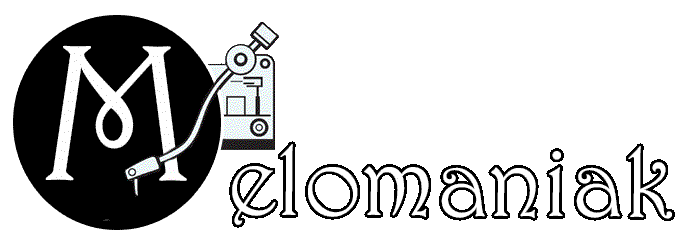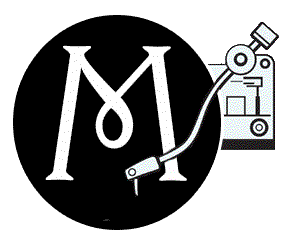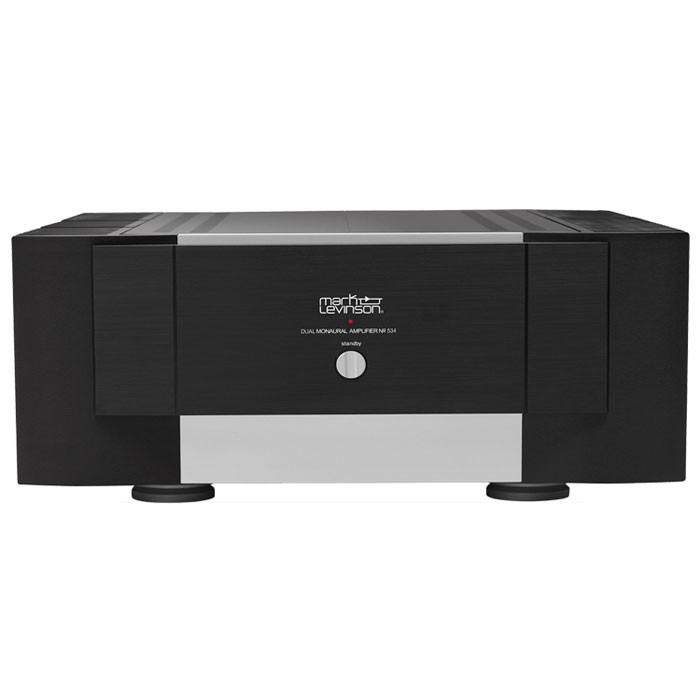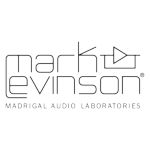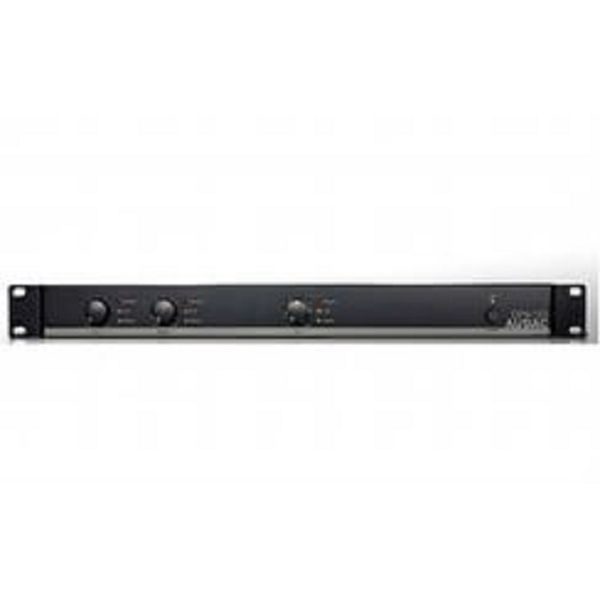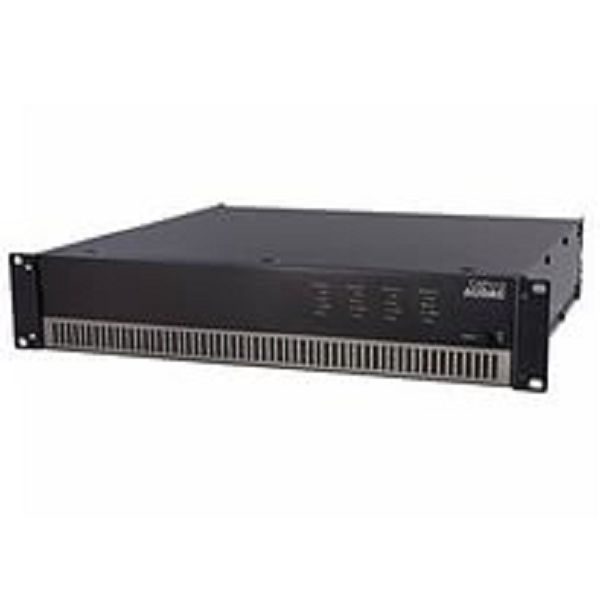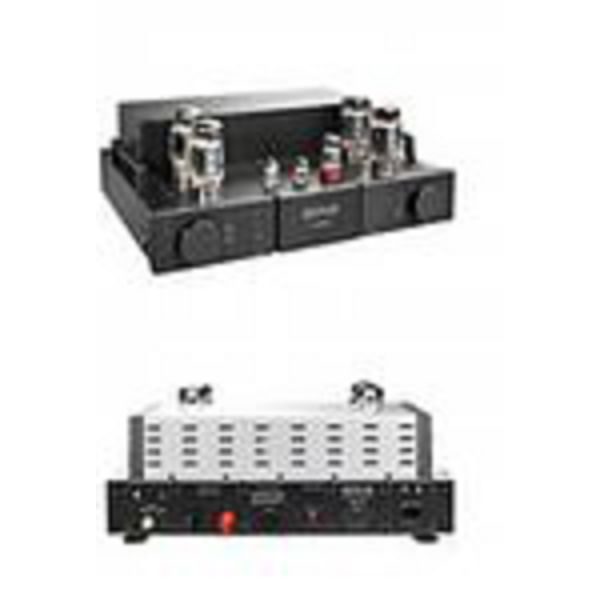
Стремление к совершенному усилению – известная тема в аудио высокого класса. Новые технологии представляют новые подходы, а взгляд в прошлое – это вдохновение для будущего. Именно в этом духе был разработан усилитель Mark Levinson No 534: дизайн, рекомендованный традициями и искусством классических дизайнов усилителей Mark Levinson, и с конкретным целевым звуком: глубокая, экспансивная звуковая сцена, точное размещение изображений, Бас-отклик с хорошим определением высоты тона и подробные высокие частоты, свободные от «травления». С этой целью инженерная команда Марка Левинсона начинала со следующих требований:
– Гармонические искажения <0,02% при 1 кГц и <0,2% при 20 кГц
– Ширина полосы пропускания от 0,2 Гц до 120 кГц и, если возможно,
– Критически демпфированный отклик прямоугольной формы, причем передние и задние кромки свободны от любых поворотных артефактов и скорость нарастания не менее 100 В / мкс
– Максимизированная линейность и полоса пропускания с обратной связью в диапазоне 12-20 дБ и без вложенных контуров.
Этот полностью дифференциальный, полностью дискретный двухканальный усилитель Pure Path позволяет практически произвольно использовать любой громкоговоритель для безупречной визуализации, музыкальности и открытости. Прямой сигнал; высоко линейная конструкция с низкой обратной связью; И усилители напряжения и ступени привода, работающие в классе A, объединяются современными возможностями системной интеграции, обеспечиваемыми Ethernet, RS-232 и USB для мониторинга и управления сетью. Размещенный в алюминиевом корпусе серии 6000, как и все оборудование Марка Левинсона, No 534 спроектирован и изготовлен вручную в США…
Характеристики
Название MARK LEVINSON No.534
Производитель MARK LEVINSON (США)
Тип устройства Усилитель мощности
Потребляемая мощность, Вт 1500
Напряжение питания, В 230
Цвет Черный (Black)
Габариты, мм 451 х 508 х 197
Вес, кг 48,5
Гарантия 12 месяцев
Основные характеристики
Количество каналов 2
Мощность 8 Ом, Вт 2 х 250
Частотный диапазон, Гц-кГц 10 – 20
Соотношение с/ш, дБ 85
Коэффициент гармоник, % 0,3
Коэффициент усиления, дБ 26
Входной импеданс 30 кОм (RCA), 60 кОм (XLR)
Чувствительность, дБ 142 мВ
Соединительные разъемы вход
Ethernet 1 x LAN (RJ45)
USB 1 х USB А, 1 х USB В mini
Аналоговые аудио 2 x RCA, 2 x XLR
Другие RS-232, 1 x 3,5 мм триггер
Соединительные разъемы выход
Акустические 4 пары
Другие 1 x 3,5 мм триггер
Обзор/Тест
When I reviewed the Mark Levinson No.536 monoblock, I said that its sound quality was second to none. However, its stratospheric price of $30,000/pair unnerved me—only seven of the 35 top-rated solid-state power amplifiers listed in the April 2017 edition of Stereophile’s “Recommended Components” cost more, and a similar number (not the same models) deliver more power into 8 ohms. “But don’t despair,” I wrote—”Mark Levinson has just released a less expensive version of the No.536: the dual-mono, 250Wpc No.534 stereo amp ($20,000).” I requested a review sample of the No.534, to see if it matched the No.536’s outstanding qualities of build and sound.
Similarities
The No.534 looks identical to the No.536—they share Mark Levinson’s iconic, heatsink-lined black case and silver-and-black faceplate, both vaguely resembling my ca-1999 No.334 stereo amplifier. Inside, both feature microprocessors and firmware to handle turn-on sequences, protection duties, and selection among three standby modes: Green, PowerSave, and Normal.
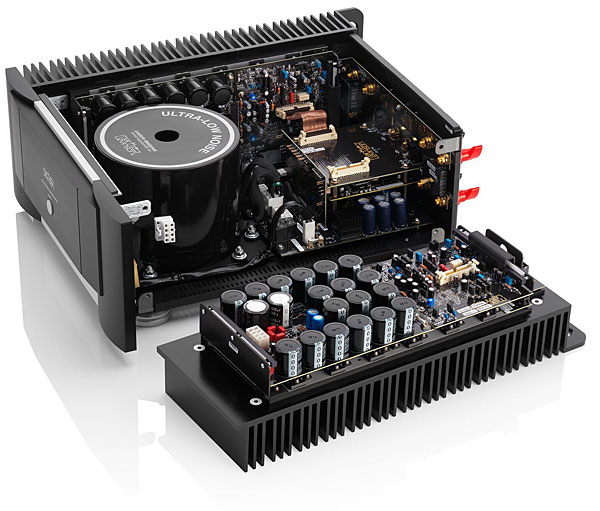
Both also have: a massive, low-noise, toroidal power transformer (1800VA in the No.536, 1900VA in the No.534); bottom and top plates with cooling vents; output-stage circuits on the inner surfaces of the side-panel heatsinks; and power-supply rectifiers and filter capacitors attached directly to their output-stage subassemblies, for the shortest electrical connections. Both output stages operate in class-AB and employ 12 TO-264 bipolar power transistors and 12 TO-220 bipolar driver transistors per heatsink, while each channel’s power supply contains eight high-speed TO-220 Schottky rectifiers and 18 100V electrolytic capacitors, for total storage of 118,800µF in the No.534 vs 169,200µF in the No.536.
Both the No.534 and No.536 boast fully discrete, direct-coupled signal paths, with gain stages that make extensive use of folded cascodes—all characteristics of what Mark Levinson, part of Harman’s Luxury Audio business unit, trefers to as their Pure Path design philosophy, said to result in linear open-loop performance before negative feedback is applied. Harman also claims that the amps run in pure class-A for the first few watts, are stable into 2-ohm loads, and have redundant protection circuits: a microprocessor to monitor heatsink temperature, power-supply rail voltage, output current and voltage, and DC at the output stage, plus fail-safe thermal switches inside the power-transformer housing.
Differences
The No.534 is specified to output 250Wpc into 8 ohms or 500Wpc into 4 ohms, vs the No.536’s respective 400W and 800W into those impedances. The No.534’s output stages yield two channels of amplification, while each No.536 monoblock uses, from input to output, a balanced bridged topology to handle a single channel.
Other differences are visible under the lid. The No.534’s central input board is sparsely populated—its pre-drivers and phase inverters are mounted on two driver boards that line the insides of the heatsinks. The No.536’s central input board, on the other hand, is fully populated with all pre-drivers and balanced gain stage for its single audio channel.
The No.534 weighs 7 lbs more than each No.536, draws 5W more in Normal Standby Mode, and runs hotter. According to Todd Eichenbaum, Harman’s Director of Engineering, the No.534 “runs hotter because it runs off higher supply rails which are required by a single-ended output stage (not balanced as in the No.536). Higher voltage rails with similar bias current yield hotter quiescent heatsink temperatures. We still limit the maximum heatsink temperature to 85–90° Celsius regardless of the quiescent operating temperature of the amplifier. This conservatively limits the amplifier from getting ‘burning hot.’ Only under extreme load conditions and very poor ventilation over a prolonged time would the amplifier get hot enough” to shut down from overheating.
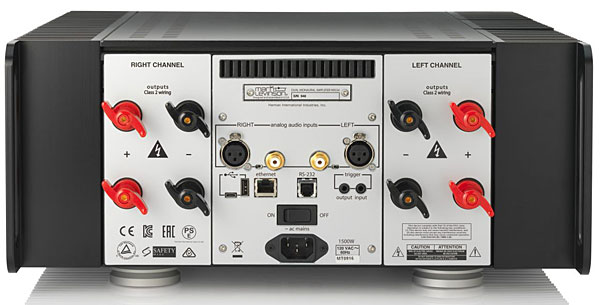
On the No.534’s rear panel, four pairs of gold-plated speaker binding posts with Hurricane knobs—the extra pairs enable biwiring—flank single pairs of balanced (XLR) and single-ended (RCA) input jacks, while the monaural No.536 has only two pairs of speaker binding posts, and a single XLR and RCA jack each for balanced and single-ended input.
Setup & Listening
My muscular son-in-law, Justin, helped me unpack the 107-lb No.534. Mindful of its sharp heatsink fins, we donned the supplied, white-knit Mark Levinson gloves with ribbed surfaces to improve our grips, and, using the vinyl packing loops that ran under the front and rear heatsinks, lifted the amp from its double shipping carton, carried it upstairs, and set it down on my listening room’s wooden floor with ample space underneath for cooling.
I used the No.534’s balanced inputs, and pressed into service all four pairs of speaker binding posts, using my PSC Audio Pure Silver R50 cables. I did most of my listening with the Revel Salon2 loudspeakers, which were placed to either side of my equipment rack 2.3′ from the front wall, 6′ apart (measured from the speakers’ tweeters), and 6′ from my listening chair. This produced the best imaging and soundstaging.
After playing the No.534 at top volume for 30 minutes, I checked its temperature via its internal webpage, as I’d done with the No.536 last year. With the same recordings played at similar levels (90dB peaks), the No.534’s output stage ran hotter (52°C) than had the No.536’s (42°C).
At first, the No.534 sounded flat and unexciting compared to the Constellation Audio Stereo 1.0 amplifier I reviewed in the April 2018 issue. After 15 minutes, the No. 534’s neutral tonal balance became more evident, making it easy to retrieve such musical details as Tim Schmit’s bass-guitar notes in “Hotel California,” from the Eagles’ Hell Freezes Over(CD, Geffen GEFD-24725); the bass line in David Bowie’s “Putting Out Fire (with Gasoline),” from the soundtrack album for the film Cat People (CD, MCA MCAD-1498); and Jerome Harris’s acoustic bass guitar as it propels Duke Ellington’s “The Mooche” on Rendezvous: Jerome Harris Quintet Plays Jazz (CD, Stereophile STPH013-2), engineered, edited, and mixed by John Atkinson.
The No.534 easily reproduced the deepest bass chords of pipe-organ recordings. I heard and felt the pressure of the thunderous pedal work in Jonas Nordwall’s performance of the Toccata of Widor’s Organ Symphony 5, as recorded by JA (24-bit/88.2kHz AIFF file). Similarly, Gnomus, from Jean Guillou’s performance of his pipe-organ transcription of Mussorgsky’s Pictures at an Exhibition (CD, Dorian DOR-90117), includes several sustained pedal chords that pressurized my room.
The No.534’s dynamic range was tirelessly wide. Struck chimes alternating with edgy, ominous pipe blasts tighten the suspense in “Assault on Ryan’s House,” from James Horner’s score for the film Patriot Games (CD, RCA 66051-2). And although I know the recording well, I was nonetheless stunned by each sudden, concussive bass-drum note as it erupted from silence in Eiji Oue and the Minnesota Orchestra’s recording of Stravinsky’s The Rite of Spring (24/176.4 PCM file, Reference RR-70).
The Salon2 speakers’ midrange response blossomed when driven by the No.534. I heard delicate differences in tone and timbre in recordings of piano and choral works. The light, clear quality of Keith Jarrett’s solo piano in “Heartland,” from his Concerts Bregenz München (24/96 AIFF, ECM 1227–29), was disrupted by neither his occasional vocalizations nor his thudding foot stomps. In The Lord Is My Light and My Salvation, from John Rutter’s Requiem, performed by Timothy Seelig and the Turtle Creek Chorale (CD, Reference RR-57CD), the accompanying clarinet, organ, and harp were precisely positioned behind the choristers, and the various timbres of the solo singers were easily heard.
The No.534 delivered open highs and lightning-fast transients with Terry Dorsey’s electronic composition “Ascent,” from the Time Warp sampler (CD, Telarc CD-80106). Dorsey’s synthesizer begins with a sudden, explosive chord that gradually ascends the scales as the soundstage broadens. Then soft bells and triangle-like chimes alternate with more explosive, thunderous chords, and thumping percussive beats pan back and forth across the stage. “Ascent” concludes with a distant explosive sound that blends into the ominous, throbbing, deep-bass rumble of the Introduction of Richard Strauss’s Also sprach Zarathustra (performed by Erich Kunzel and the Cincinnati Pops), soon highlighted by brass instruments with just the right amount of bite and not too much edge.
Conclusions
Although the Mark Levinson No.534 stereo amplifier costs less than the $30,000 you’d have to spend on a pair of No.536 monoblocks, $20,000 is still a lot of money. Several less-expensive amplifiers rated Class A in our “Recommended Components” offer as much or more power into 8 ohms: the Theta Digital Prometheus (250W, $12,000/pair), Bel Canto Design e.one REF 600M (300W, $4990/pair), Parasound Halo JC 1 (400W, $8990/pair), and PS Audio’s BHK Signature (300W, $15,000/pair) and Stellar M700 (350W, $2998/pair) monoblocks, as well as SAE’s stereo 2HP-D (746Wpc, $19,995). And remember: the No.534’s 107 lbs requires two people for installation, and it runs hotter than other amplifiers.
But even at its nose-bleed price, the No.534 is a compelling stereo amplifier. It packs into a single enclosure the fast, taut, neutral sound, dynamic range, transparency, and bass speed and extension of a pair of No.536es; it shares that monoblock’s top-quality construction and design, enough power output for even the largest rooms, microprocessor-based connectivity to computers and home audio-control systems, ability to install firmware updates from the Internet, a first-rate protection system backed up by fail-safe thermal switches, and straightforward operation without vexing turn-on sequences. In short, the No.534 delivers the No.536’s sound and build quality at two-thirds the price. Highly recommended.

